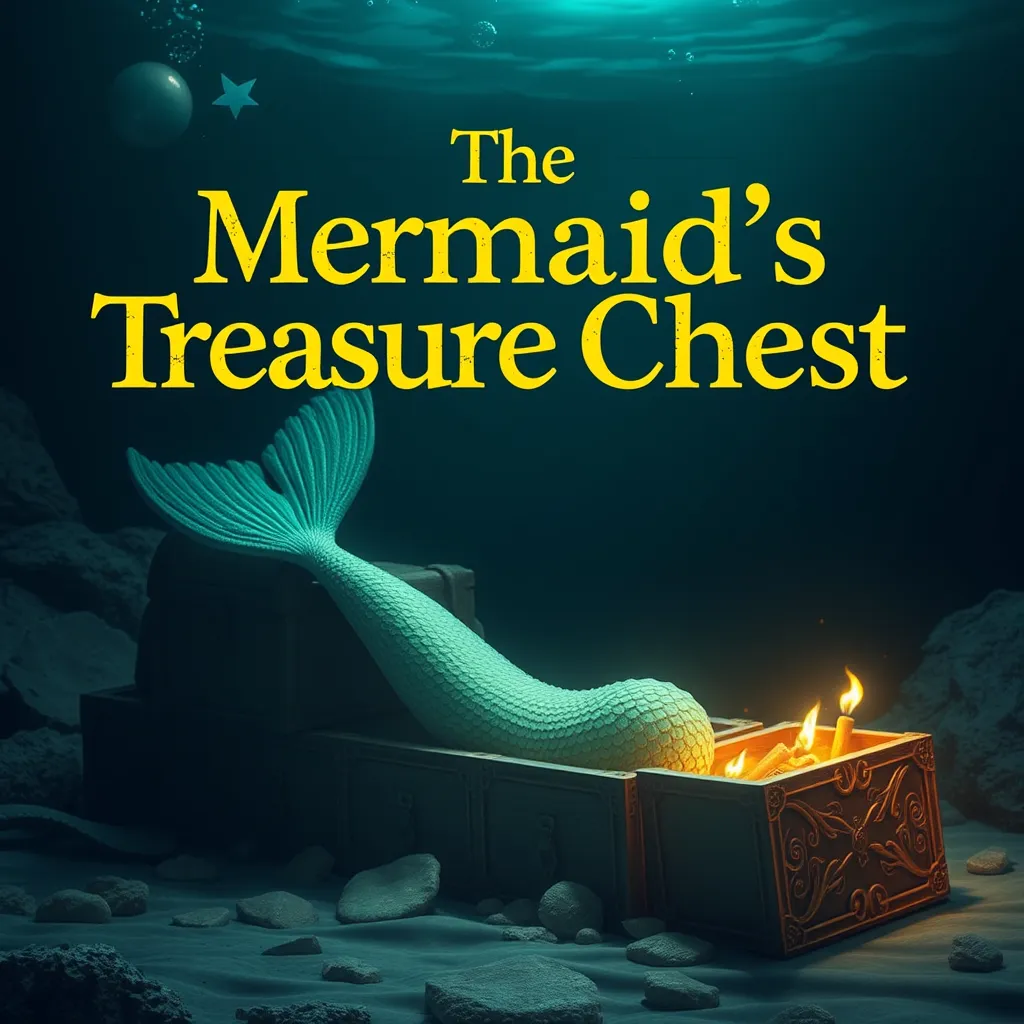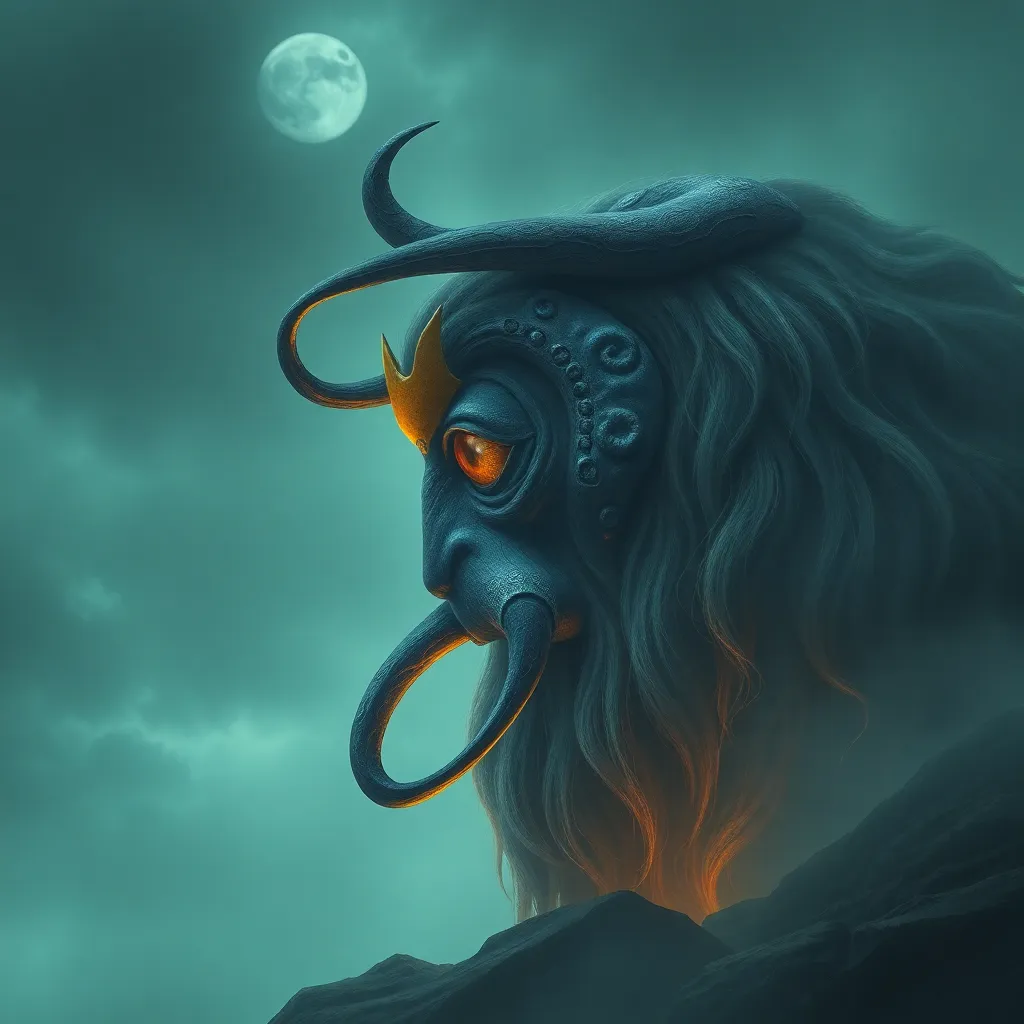The Mermaid’s Treasure Chest: A Collection of Mermaid Myths and Legends
I. Introduction to Mermaid Myths
Mermaids have captivated the human imagination for centuries, embodying both beauty and mystery. They are often depicted as half-woman, half-fish creatures who inhabit the sea. The allure of mermaids lies not only in their enchanting appearances but also in their complex narratives and the duality of their nature—both alluring and dangerous.
Across various cultures, mermaids hold significant cultural importance, often symbolizing the unknown and the powerful forces of nature. They serve as metaphors for human emotions, desires, and fears, bridging the gap between the human world and the depths of the ocean.
This article aims to explore the diverse myths and legends surrounding mermaids, delving into their historical origins, famous representations, regional variations, and modern interpretations.
II. Historical Origins of Mermaid Legends
The concept of mermaids can be traced back to ancient civilizations, where they were often depicted in art and literature. These early representations varied significantly, influenced by the culture and beliefs of the society that created them.
A. Ancient civilizations and their depictions of mermaids
In ancient Assyria, the goddess Atargatis was often depicted as a mermaid, symbolizing fertility and the sea. Similarly, the Greeks spoke of sea nymphs known as Nereids, who were not only beautiful but also benevolent.
B. The evolution of mermaid myths through different cultures
As cultures interacted through trade and exploration, mermaid myths evolved. The Sirens of Greek mythology, for instance, became associated with danger and seduction, contrasting with the more benevolent sea spirits of other cultures.
C. Key texts and artifacts that shaped mermaid lore
Key texts, such as Ovid’s “Metamorphoses” and various folk tales, helped to solidify the imagery and themes associated with mermaids. Artifacts, including pottery and sculptures, provide visual representations that have influenced our understanding of these mythical beings.
III. Famous Mermaids in Mythology
A. The Sirens of Greek mythology
The Sirens are perhaps the most infamous mermaid-like figures in mythology. They are known for their enchanting songs that lure sailors to their doom. Their story, particularly in Homer’s “Odyssey,” serves as a cautionary tale about the dangers of temptation.
B. The Slavic Rusalki and their tragic tales
In Slavic folklore, Rusalki are spirits of young women who drowned and now haunt rivers and lakes. They are often depicted as beautiful but sorrowful, representing the dangers of the water and the tragic consequences of unfulfilled love.
C. The Japanese Ningyo and the quest for immortality
The Ningyo, a creature from Japanese folklore, is said to grant eternal life to those who eat its flesh. However, capturing a Ningyo can bring misfortune, highlighting the complex relationship humans have with mermaids in different cultures.
IV. Regional Variations of Mermaid Legends
A. European mermaid stories: from Ireland to Scandinavia
In Europe, mermaid stories vary widely. In Ireland, the Selkie is a seal that can transform into a human, often associated with love and loss. Scandinavian tales often focus on mermaids as foreboding omens, warning sailors of impending storms.
B. African mermaid myths and their connection to water deities
African cultures often feature mermaid-like beings, such as Mami Wata, who embodies beauty and wealth but also has a capricious nature. These stories frequently connect mermaids to water deities and the spiritual realm.
C. Caribbean mermaids: blending indigenous and European influences
The Caribbean has a rich tapestry of mermaid legends, influenced by African, indigenous, and European cultures. Stories of the “La Sirène” highlight themes of love, power, and the intertwining of cultures.
V. Mermaids in Literature and Art
A. Iconic literary works featuring mermaids
Hans Christian Andersen’s “The Little Mermaid” is perhaps the most iconic literary work featuring a mermaid. This tale explores themes of sacrifice, love, and the quest for identity, leaving a lasting impact on literature and culture.
B. Artistic representations of mermaids throughout the centuries
Mermaids have been a popular subject in art, from Renaissance paintings to modern illustrations. Artists like John William Waterhouse have captured their beauty and mystery, reflecting society’s fascination with these mythical beings.
C. The impact of mermaid myths on contemporary storytelling
Today, mermaids continue to inspire films, television shows, and literature, often reimagined to fit modern narratives. Their stories have evolved, reflecting contemporary themes of empowerment and self-discovery.
VI. Modern Interpretations and Cultural Impact
A. The resurgence of mermaid themes in popular culture
Recent years have seen a resurgence of mermaid themes in popular culture, with films like “The Shape of Water” and television series like “Sirens” capturing audience interest. These modern interpretations often explore deeper themes beyond mere fantasy.
B. The role of mermaids in feminism and empowerment narratives
Mermaids are increasingly viewed as symbols of empowerment, embodying the struggle for independence and self-acceptance. Modern retellings often focus on mermaids as strong, independent figures who challenge societal norms.
C. Environmental symbolism in modern mermaid stories
In contemporary narratives, mermaids frequently symbolize environmental concerns. They represent the fragility of marine ecosystems and serve as a call to action for ocean conservation, reflecting growing awareness of ecological issues.
VII. The Science Behind Mermaid Myths
A. Theories on the origins of mermaid sightings
Many theories have been proposed regarding the origins of mermaid sightings. Some suggest that sailors mistook manatees or dugongs for mermaids, while others point to the psychological allure of the mythical figure in the human psyche.
B. Psychological aspects of mermaid myths: allure and fear
Mermaids evoke both fascination and fear. They symbolize the unknown, representing both the beauty and danger of the ocean, tapping into deep-rooted human emotions and fears.
C. The intersection of myth and marine biology
The relationship between mermaid myths and marine biology is intriguing. Understanding marine life and the ocean’s mysteries can shed light on how these myths may have originated and evolved over time.
VIII. Conclusion: The Enduring Allure of Mermaids
Mermaid myths are rich and varied, reflecting the complexities of human nature and our relationship with the sea. From ancient civilizations to modern interpretations, they continue to capture our imaginations.
The ongoing fascination with mermaids speaks to their cultural significance and the universal themes they embody. As we explore local mermaid legends and stories, we can appreciate the treasure trove of myths that enrich our understanding of humanity’s connection to the ocean.




